Knowing where to shoot a bear is one of the most important pieces of knowledge every bear hunter needs to take into the woods.
In the same way that being a little off on your yardage can be the difference between a filled tag and an unfilled one, being a little off on your shot placement has the same effect.
Because of the massive internal trauma that a rifle shot brings, gun hunters have a little more room for error in their shots than their arrow-wielding counterparts.
Busting through muscle and scapula is an easy task for most high-powered, large caliber rifles, but a 125-grain arrow, moving 300 feet-per-second, can’t afford to lose the kinetic energy associated with smashing into the ridge of a bear scapula.
So, unlike other animals, knowing where to shoot a bear doesn’t depend so much on knowing arrow placement for every possible position, but having the patience to wait for the best position.
To understand why this is important, you need to understand the anatomy of a black bear.
Where To Shoot A Bear - Anatomy

The picture above, which probably makes graphic designers everywhere cringe, illustrates an important point.
Depending on the position of the bear – and the stance of the bear – the majority of the vitals can easily be covered by a large scapula (shoulder blade) and a leg bone.
Now, my rendering may be a little off in terms of size and scale, but it has been well-documented that without a broadside opportunity, and one where the bear’s leg is either straight down or stretched out in front, your room for error is pretty small.
Take the picture above as a good example. This bear is slightly quartering to, and its leg is straight down.
As you can see, a large portion of the vitals are being covered by the scapula. What would happen if that bear had taken a step and paused with its leg back?
The scapula would then be covering the entire mid-section of the vitals, and a perfectly placed shot would hit the back of the lungs only, possibly missing the rear lung and entering the stomach.
Even a slightly marginal shot would leave your broadhead smashing into the scapula or passing right into the stomach.
And one thing you need to know about bears is that their scapulas aren’t like whitetails’.
Bears Aren't Deer
A bear’s scapula and a deer’s both have a ridge near the middle where it gets thicker and harder.
On a whitetail, the majority of the scapula is thin and easily broken through. The ridge of the scapula is harder to bust through and slows the arrow down, but a high-poundage bow can still deliver a lethal blow.
On a bear scapula, however, the ridge is thick enough to stop the broadhead from making it into both lungs. Even the thinner portion of the scapula can be tough to get through.
The moral of the story here is to make sure that you don’t risk hitting a bear scapula – ever. Make sure to always have a broadside bear with the front leg forward, or at least straight down.
Middle of the Middle
So, let’s say we’ve got that bear out in front of us in bow range, and he’s broadside with his lead leg forward.
Where do we actually put our pin? If you’ve done enough research, you’ve probably come across the phrase “middle of the middle.”
Sounds easy enough, but aiming exactly middle of the middle is going to put your arrow at the back of the lungs and possibly into the liver.
And if your shot is a little off, you could easily land in the stomach. To mitigate that risk, you’re better off splitting the difference and moving a few inches toward the shoulder.
You’ll still be well away from the scapula, but with a little more room for error.
That covers us horizontally, but let’s talk vertically. Bear fur is long, so we really have no reference for the actual edge of their bodies.
And they have a lot of fat, which means we have no idea where the fat stops and the chest cavity starts. Because of these two facts, trying to aim low or high of the middle brings the risk of missing the vitals altogether.
And knowing the anatomy of a bear, we know that if we aim middle of the middle on a broadside bear, then move slightly toward the shoulder, we’re going to land right in the sweet spot for a double-lung hit.
As you can see, knowing where to shoot a bear is simple, but sometimes it can be extremely difficult to pull off, given our human impatience.
Patience Kills Bears
I can tell you from personal, gut-wrenching experience that being impatient on a bear hunt will leave you heartbroken.
In 2021, I had a once-in-a-lifetime opportunity to take a massive bruin, and the only thing that kept me from filling that tag was patience.
He strolled in with an hour of daylight left, and started chomping on corn cobs 30 yards away, without a care in the world.
The only problem was that he was facing straight away from me. After initially drawing, then drawing back down, all I had to do was wait and enjoy the show until he eventually turned.
I knew then where to shoot a bear, but being the impatient hunter that I was, as soon as he quartered the slightest bit, offering me basically no better of a shot opportunity, I went full draw again.
Here’s a question: what happens when you’ve got an amped up hunter, a huge black bear, and very little patience?
A trail cam picture of an arrow stuck in the ground at the feet of a great bear. And a long, quiet ride home. Read the full story here.


If I had just remained calm and patient, there would have been high fives all around, and a huge rug hanging on my wall.
Instead, the great outdoors taught me yet another lesson about patience and perseverance. I’m better for it, but I could have learned it in an easier way – like through reading a blog post on some dude’s bowhunting website 🙂
Conclusion
You’ve now got the knowledge to get the job done. So, don’t make the same mistake I did in 2021. You know where to shoot a bear, so be patient. Remember the anatomy. Wait for a broadside shot, and ideally for their front leg to be forward.
You’ll thank yourself in the long run. I hope this has helped you to have a better understanding of where to shoot a bear.
And if you’re struggling with missing and aren’t quite sure how to be more accurate during showtime, read this article to learn more about the most common reasons and how to work through them.
I’d love to hear from you, so feel free to leave your questions or comments below. And good luck out there in the woods this year!

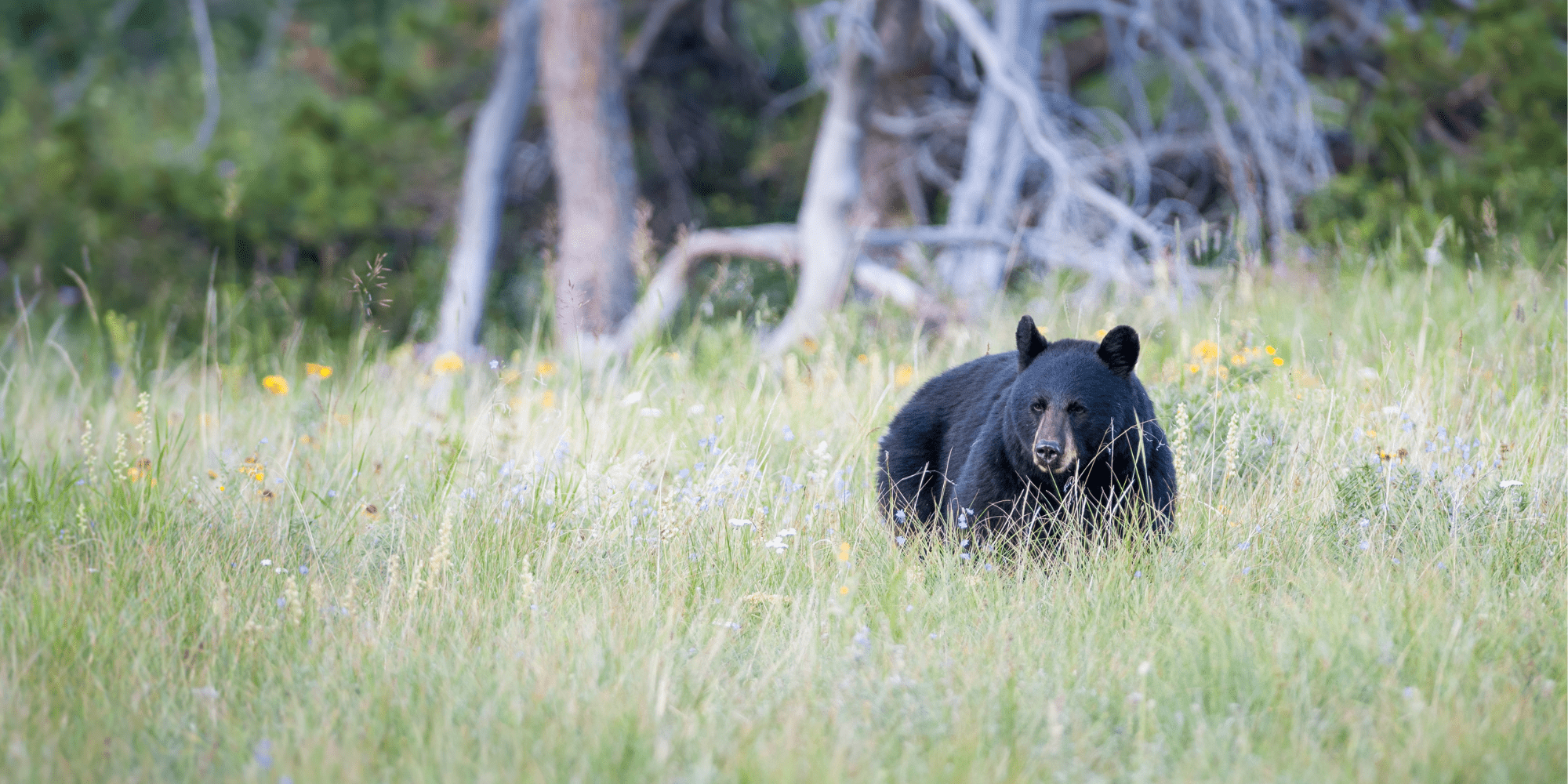
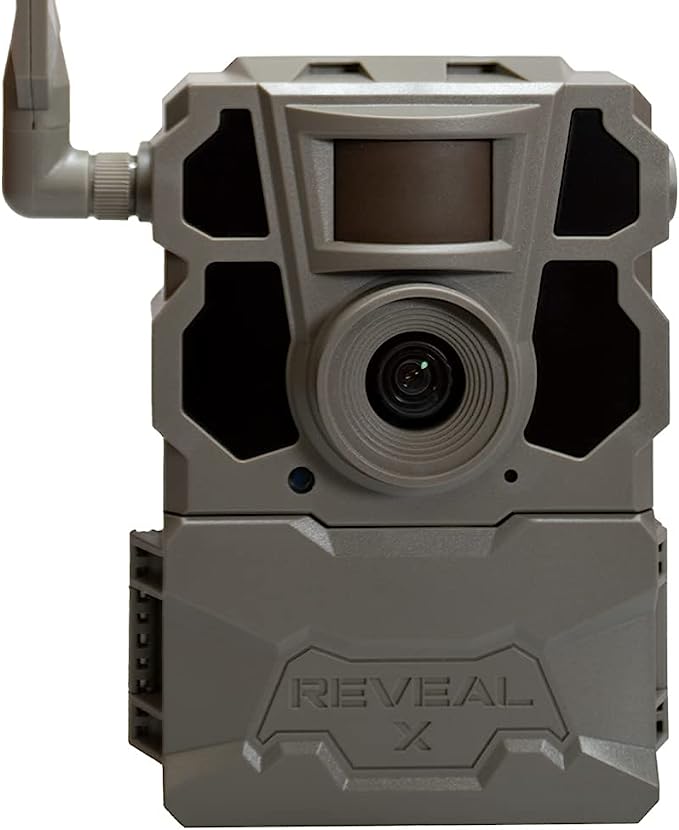
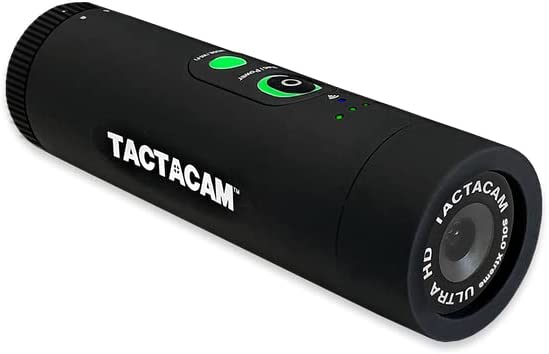
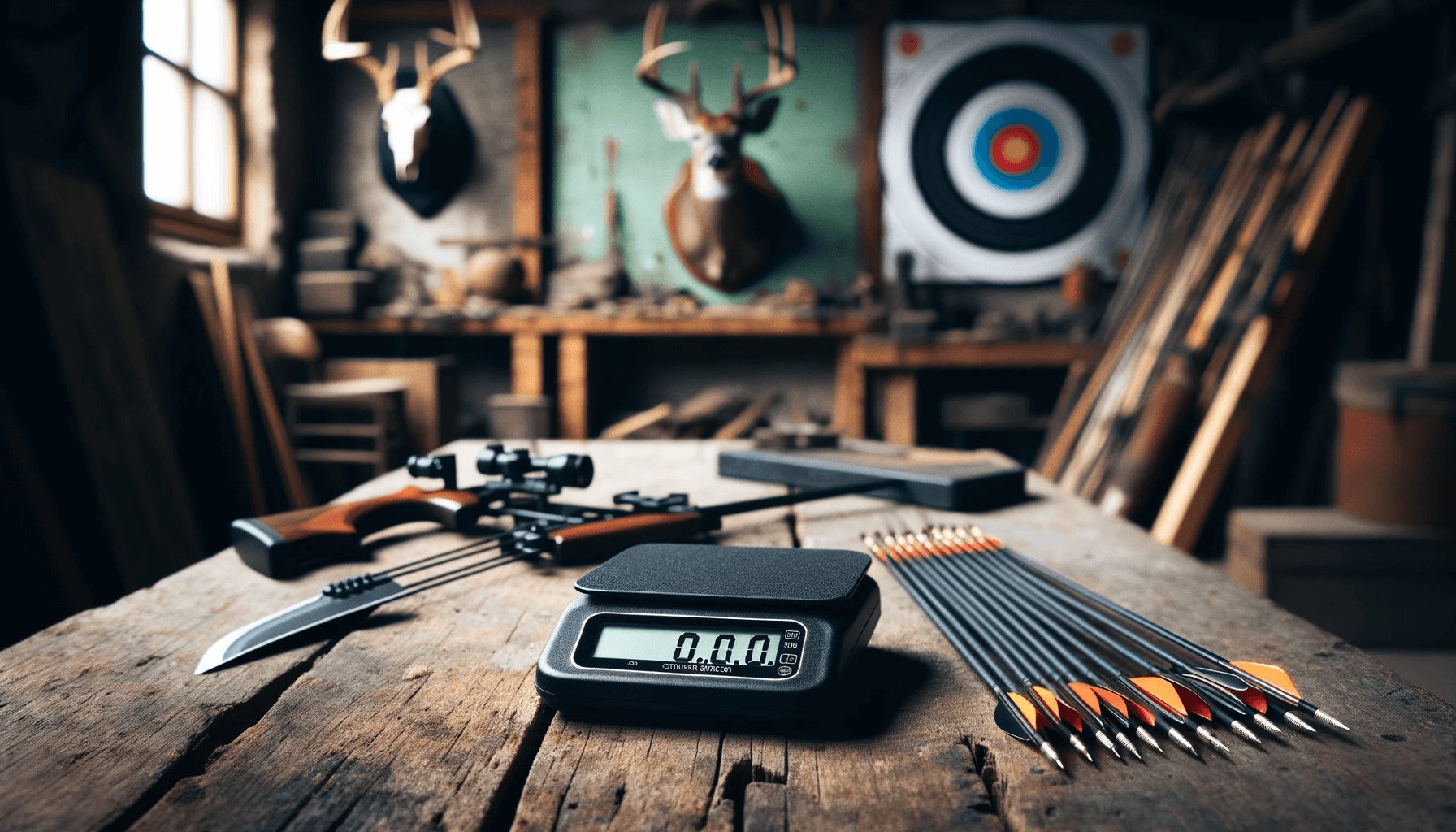
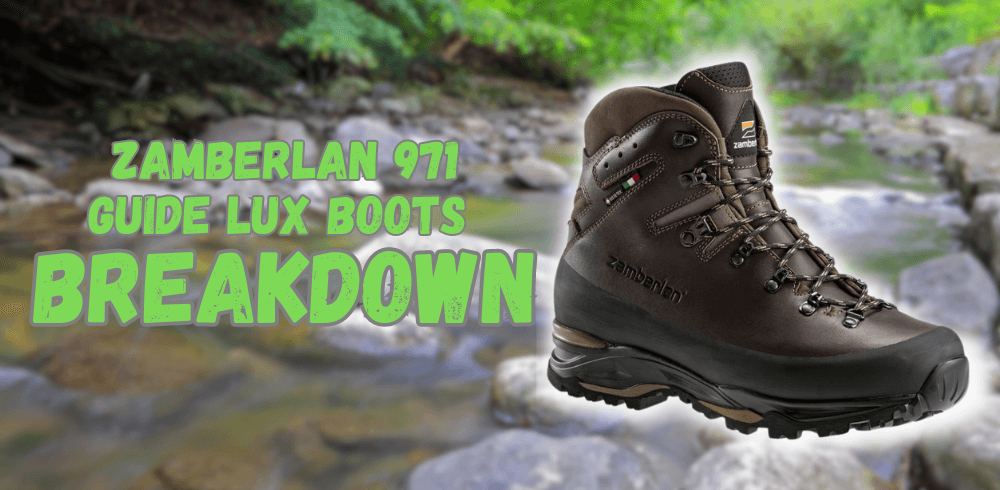
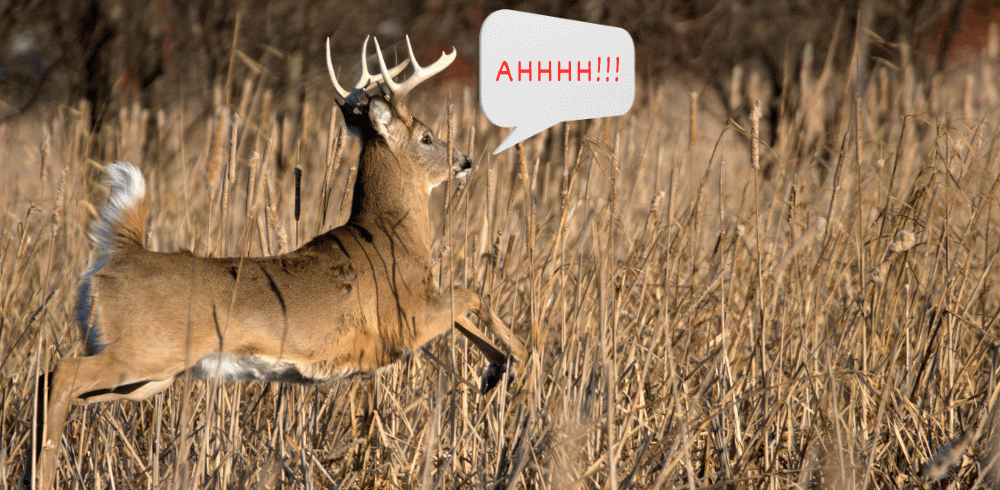
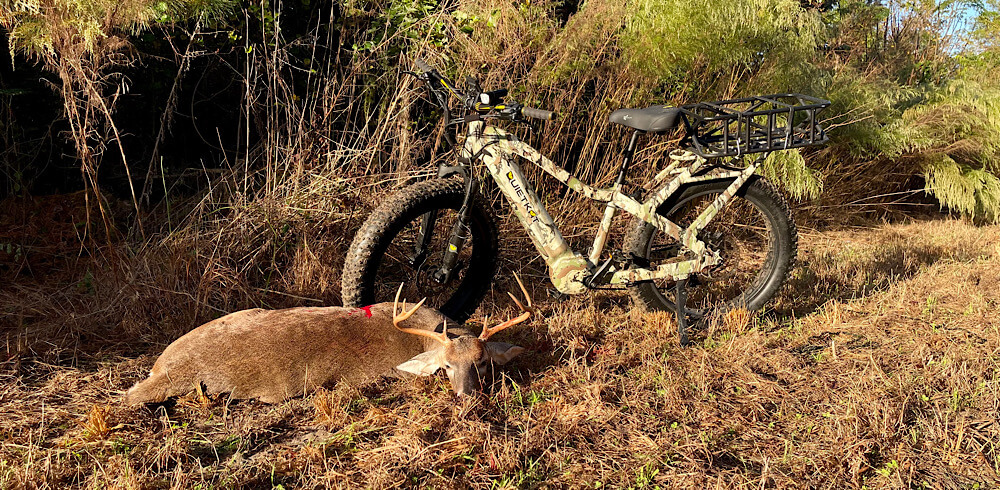
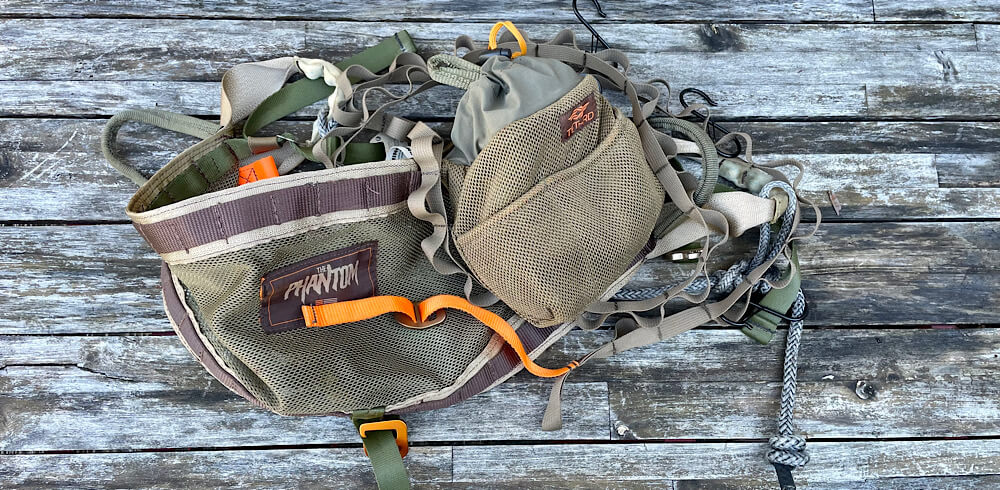
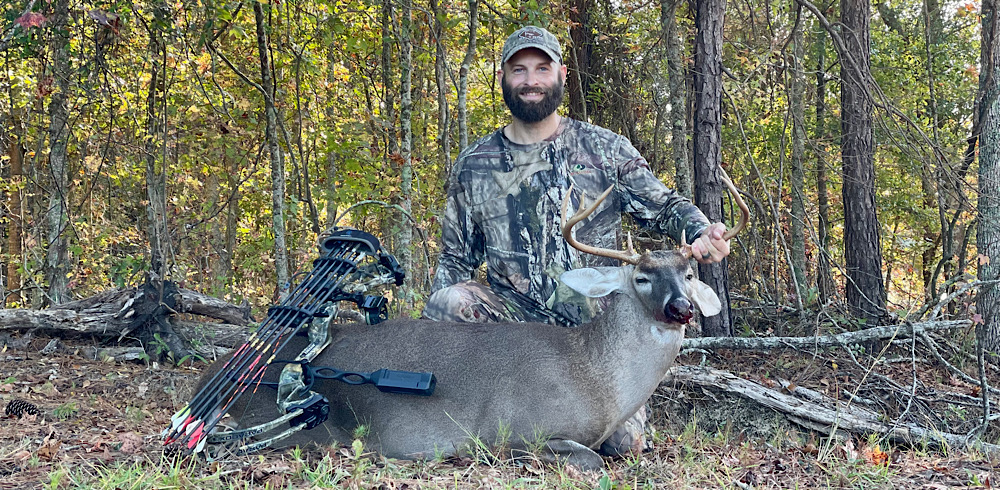
2 thoughts on “Where To Shoot A Bear”
Great post.
Thank you very much!